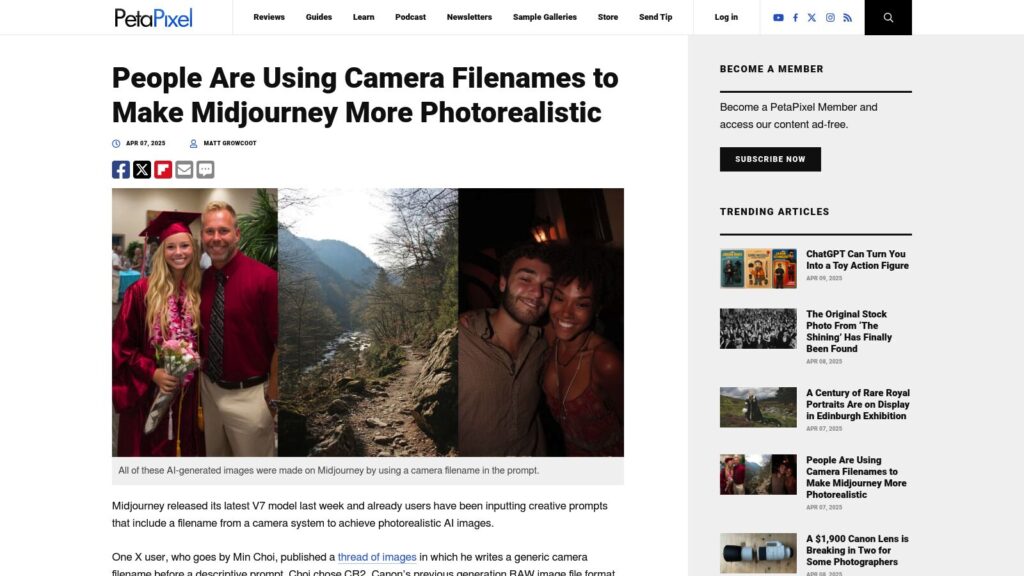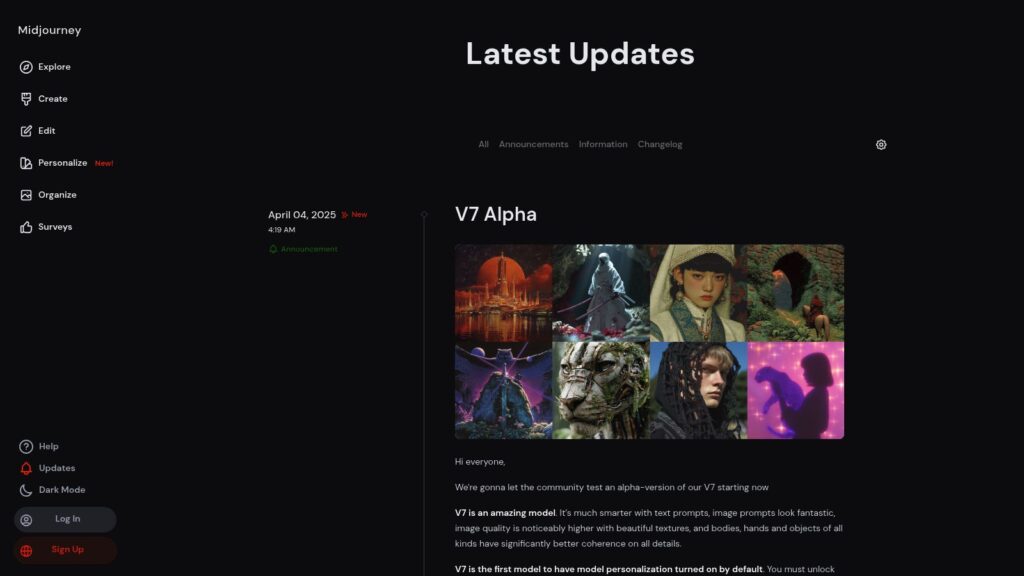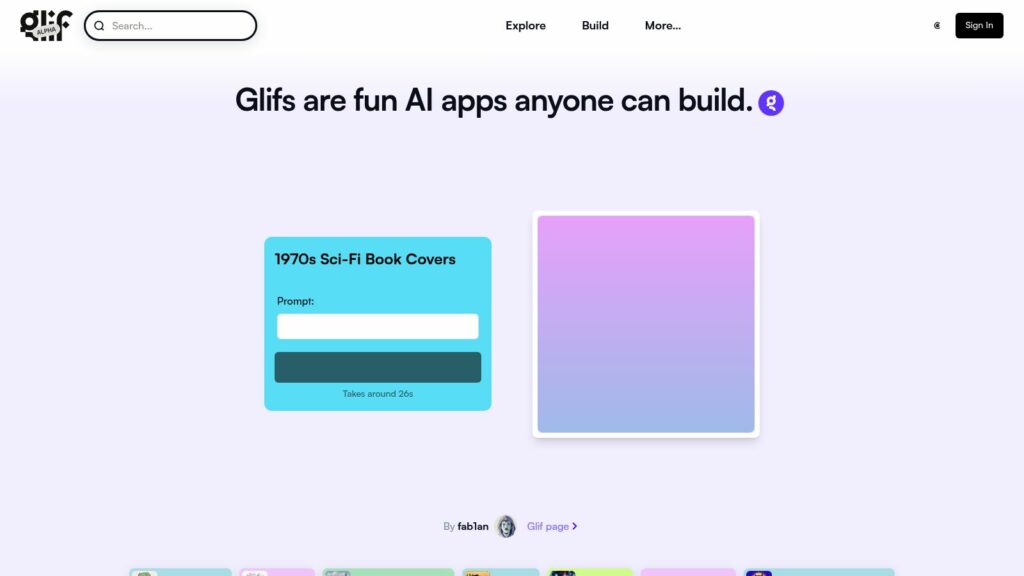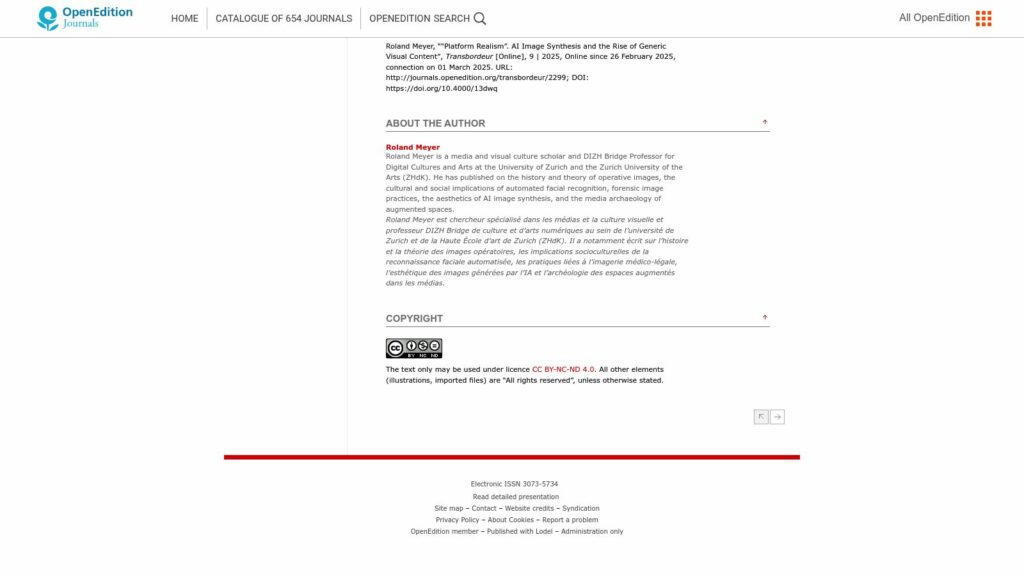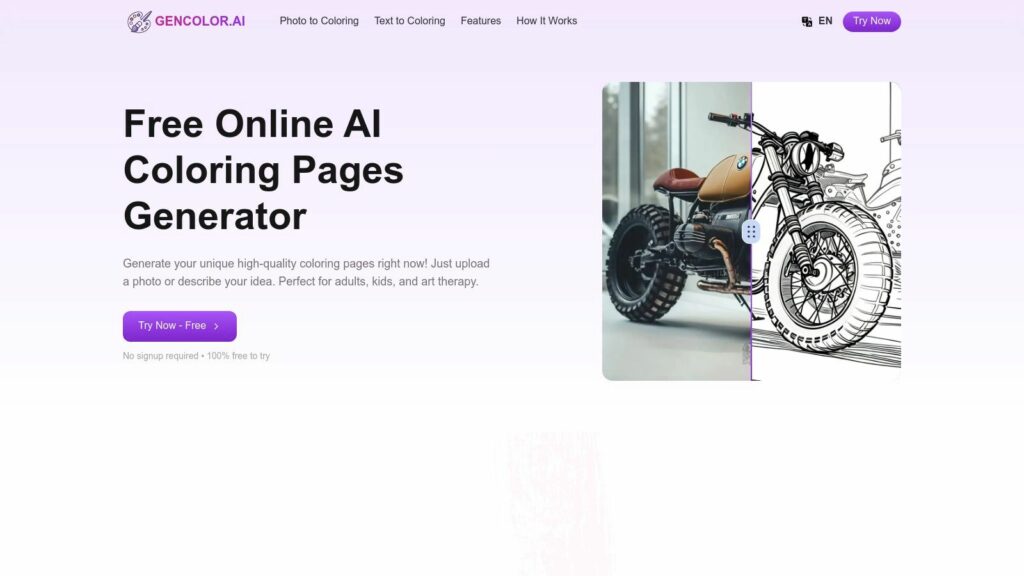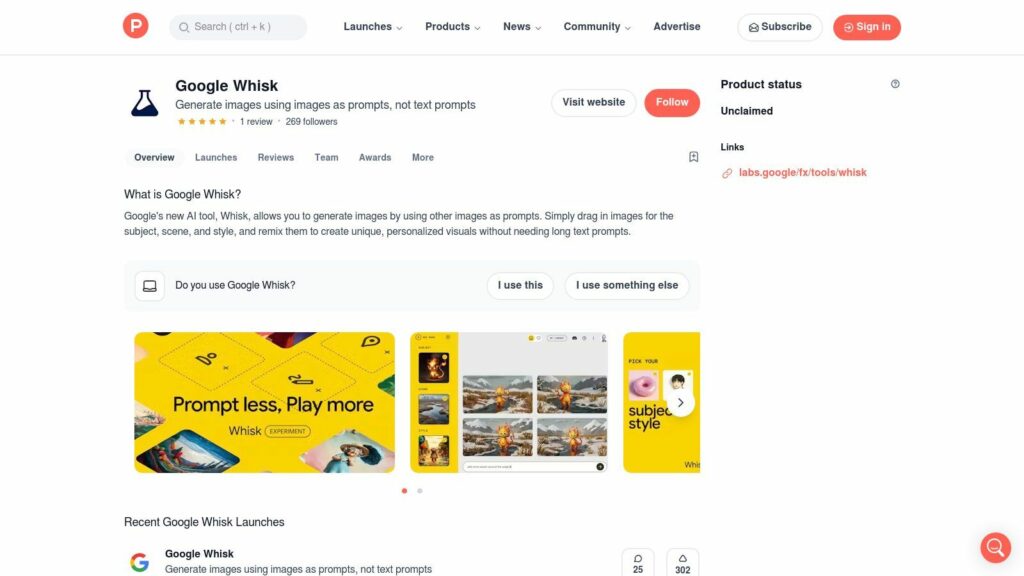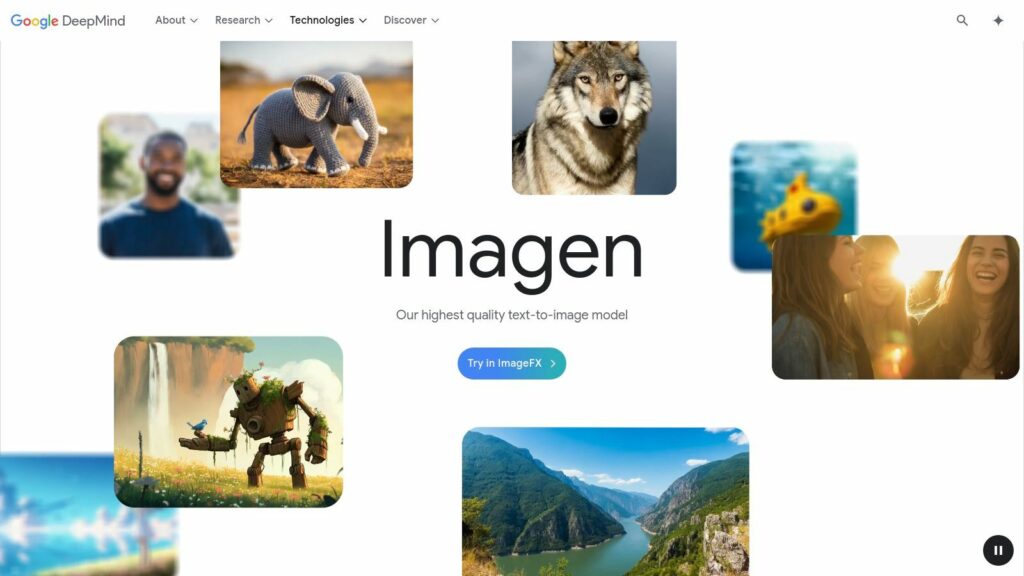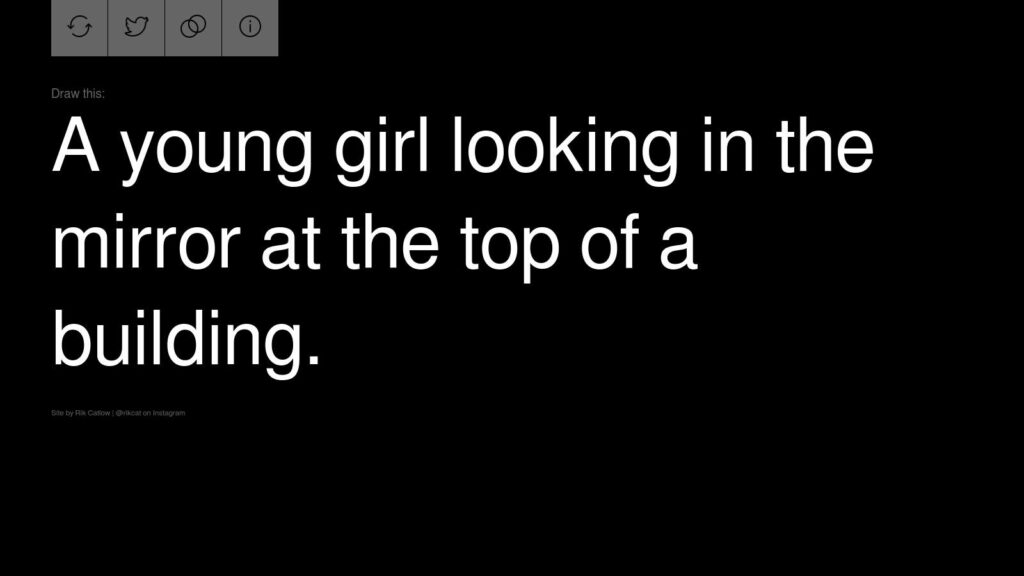People Are Using Camera Filenames to Make Midjourney More Photorealistic
Users are enhancing photorealism in Midjourney's AI images by including camera filenames in prompts, such as CR2 or HEIC. This technique has shown remarkable results, blurring the lines between synthetic and real images. The latest Midjourney V7 model facilitates this with high realism while offering a faster, lower-resolution “Draft Mode.”
